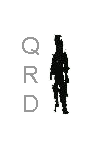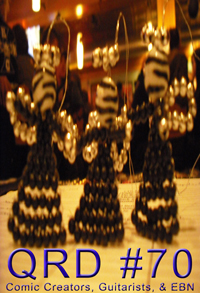
 |
| about
this issue Feature Interview: Electric Bird Noise Guitarist Interviews: Fred Frith Phil Dole Chris Jeely Comic Creator Interviews: Jules Rivera Derek Adnams & Brandon Bullock Graham & Caroline Johnson Martin Malin Mike Rickaby |
 |
 |
 |
 |
 |
 |
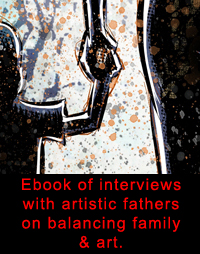 |
|
|
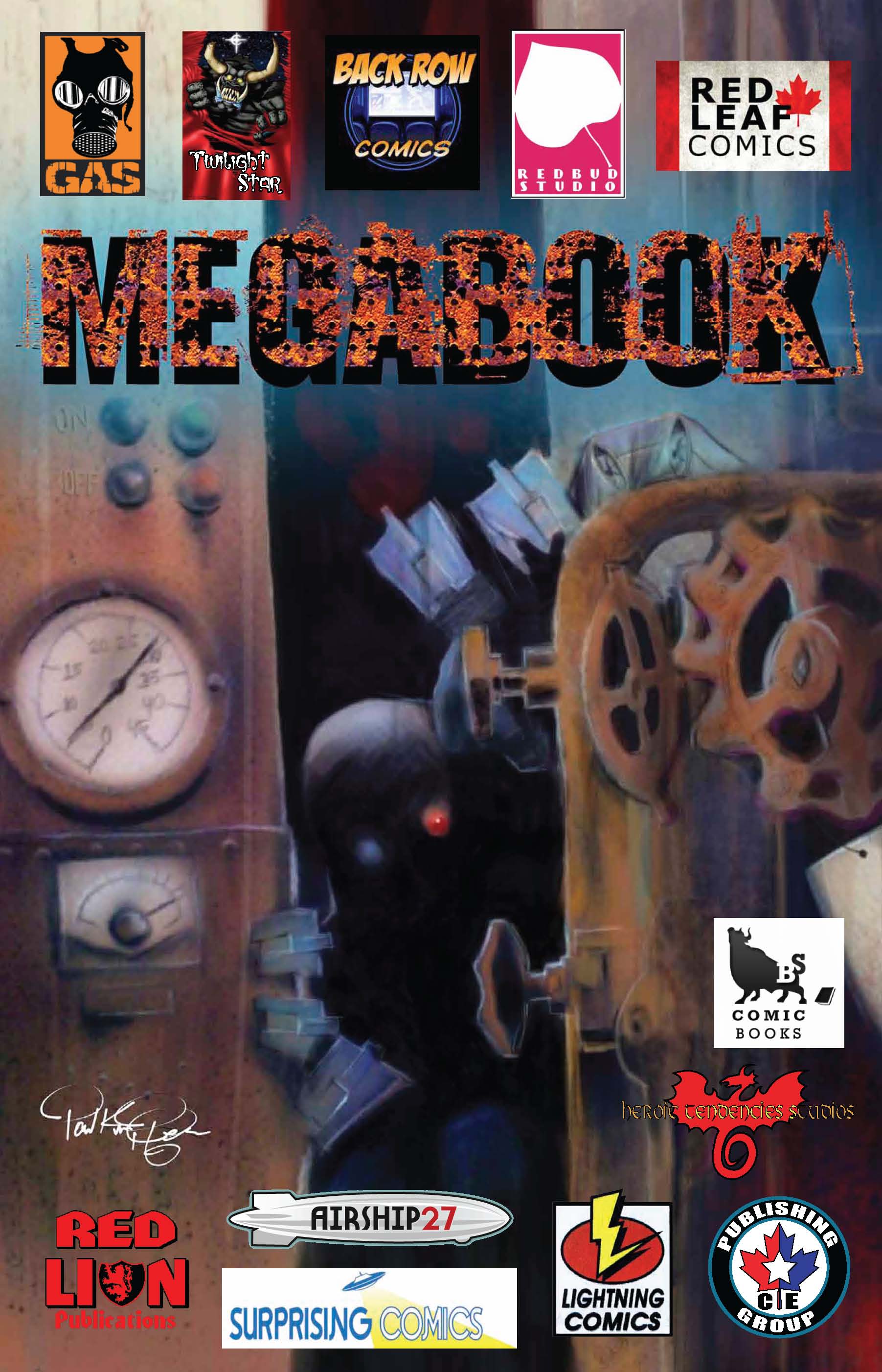 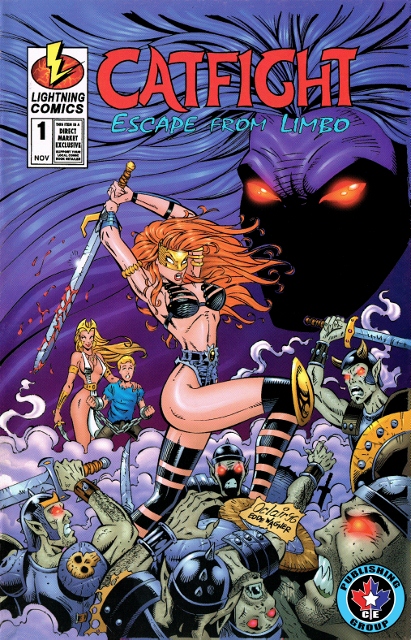 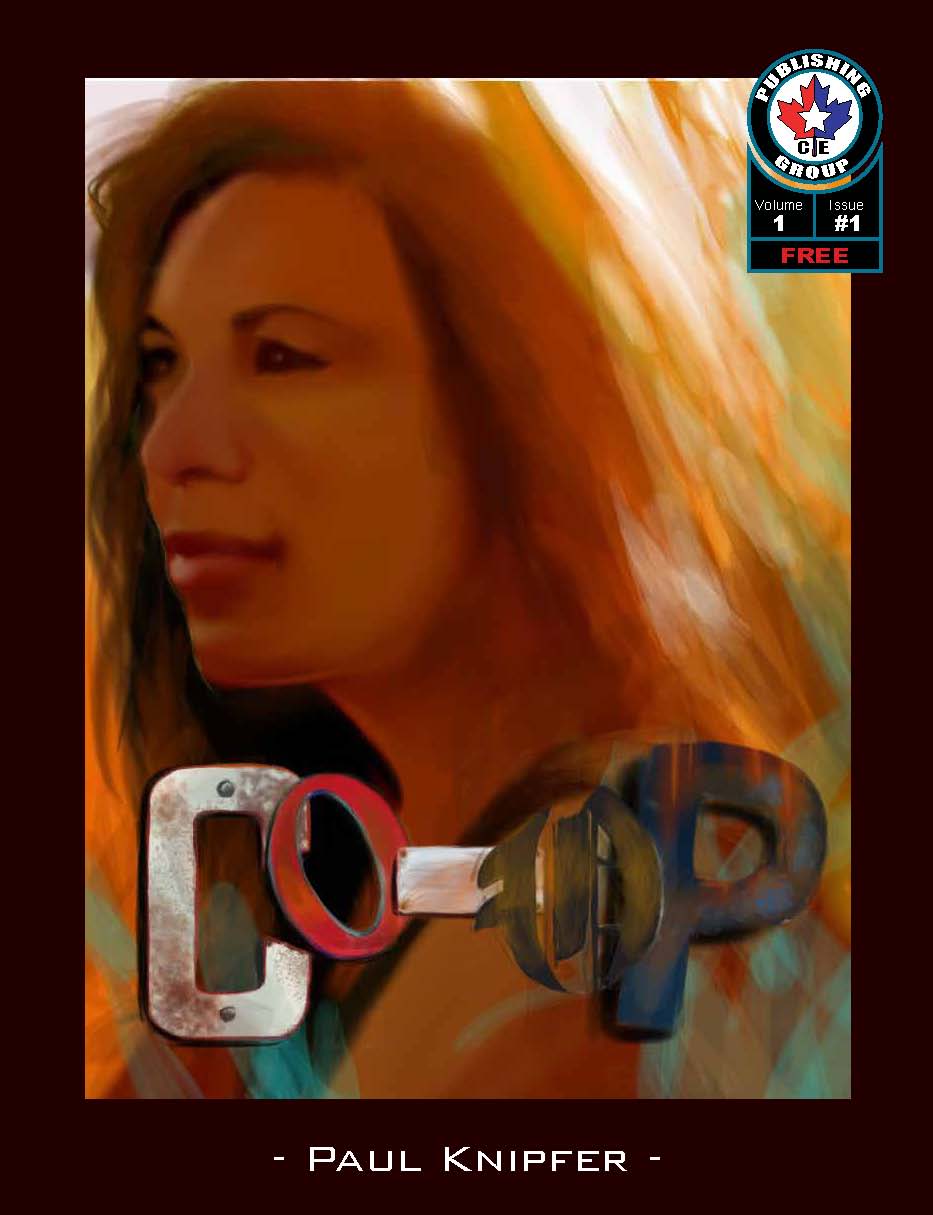 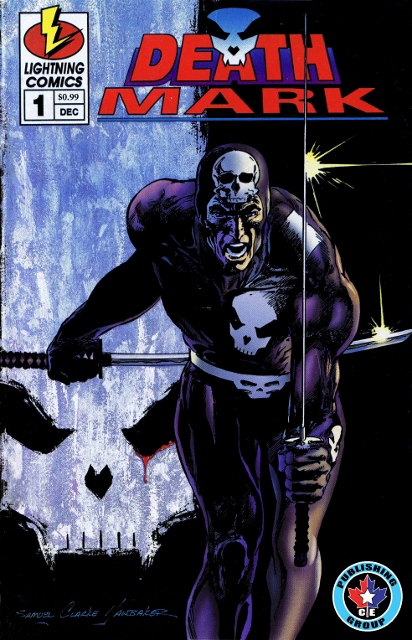 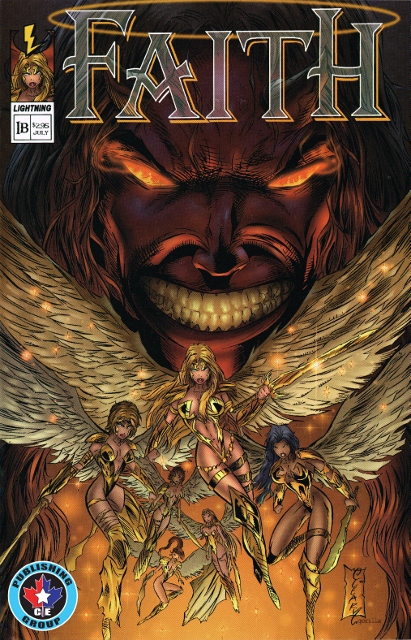 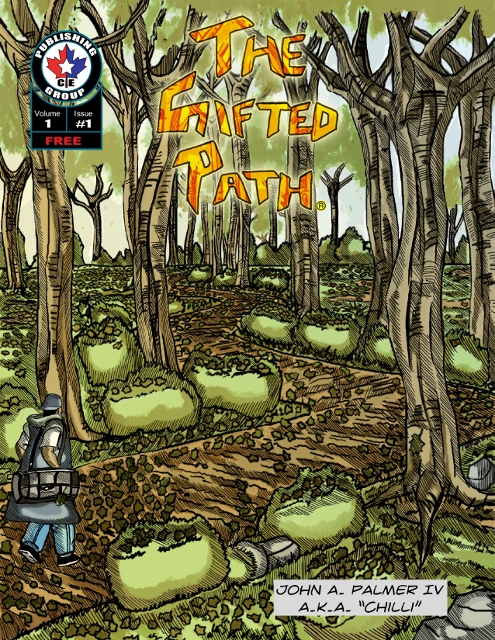 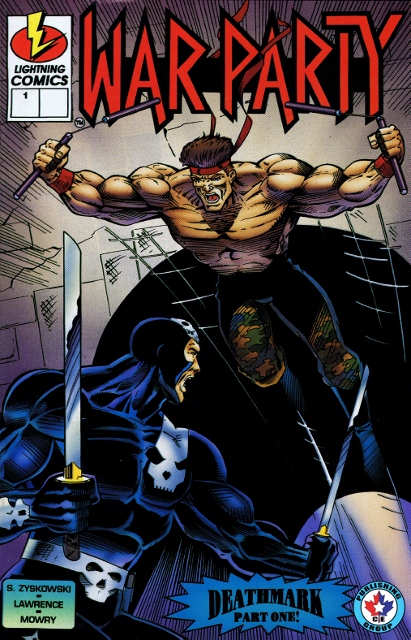 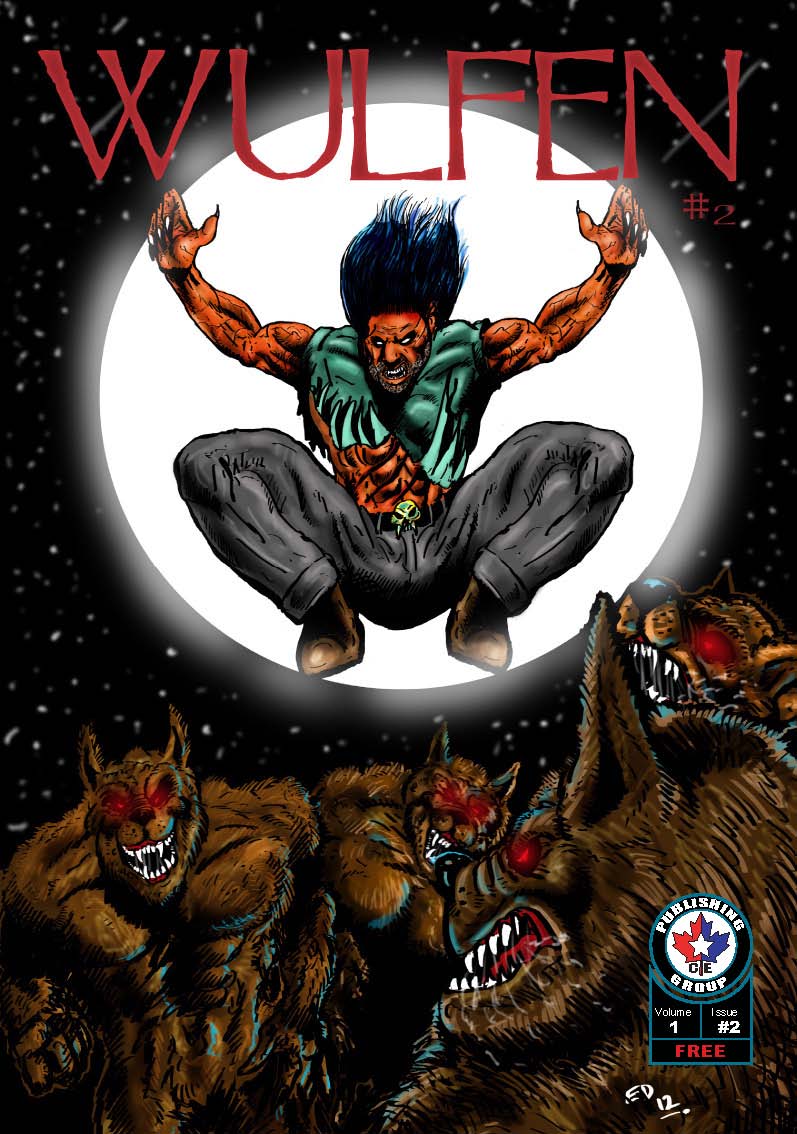 |
December 2014
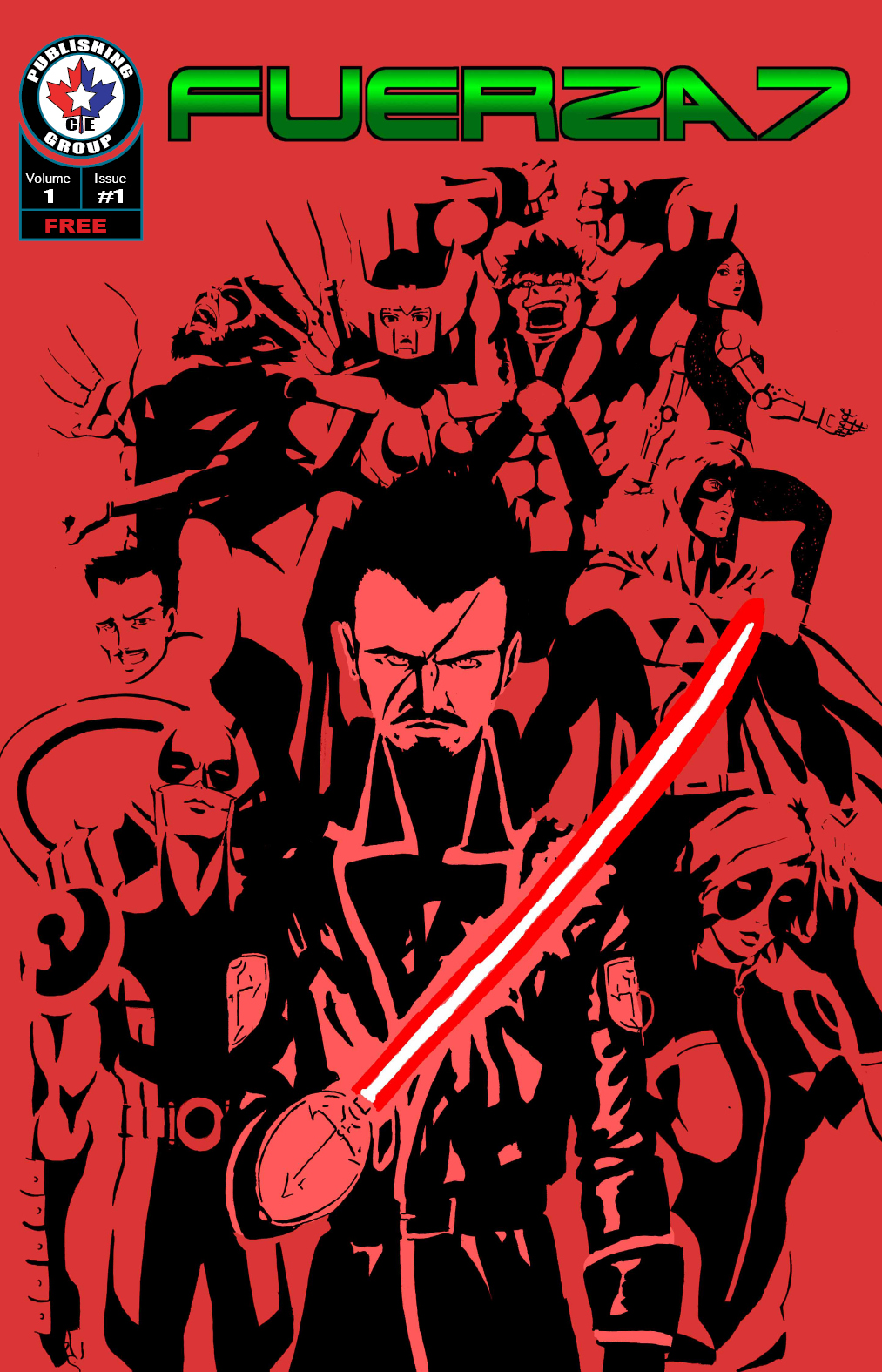
City: Albany, NY
Comics: Megabook, CE Publishing
Websites: http://www.cepublishinggroup.com
Facebook - https://www.facebook.com/CEPubdude
Twitter - https://twitter.com/CEPubdude
Blog - http://cepubdude.hubpages.com
QRD – How old were you when you first got into comics & did you always stick with them or did you come back to them?
Mike – I started reading comics at around the age of 6-7. My older brother (10 years older) had a stack of about 60 or so silver age comics that I essentially learned how to read with. So when he went off to college I quietly “borrowed” them. It was mostly a stack of “returns” that the drugstore owners of the 60’s would tear off the top title of the cover (top 1/4) to return to the publishers for refunds on old books. Then they would sell them for half price to the kids.
I had a great time with them, Silly Putty on every other page for cool transfers to the Silly Putty. Coloring in white spaces with ball point pen on some. My favorite in particular a Fantastic Four #50 was a ball point pen victim. But I still cherish those books to this day. Remembering every panel. I think I would be illiterate without those comics. Comics are a natural progression for all of us “visual” learners. Looking at the cool artwork first. Then the 5-6th time through wondering what they are saying. Then reading the bubbles & ignoring the boring boxes. Then wondering why the talking bubbles do not make sense & then having to read the darn boring boxes (about the 20-30th time thru).
I have always stuck with comics. I’m a dollar bin searcher & always looking for any reader edition to fill a continuity gap. I was a silver age Marvel & DC purist for a long time. & I went through the dark 90s times of comic values for new #1s & buying several copies. But now I primarily collect all the Indies that I passed over. In particular Charlton, Dell, Gold Key, & all the publishers I scoffed at as a kid, how ignorant was I, missing out on a treasure trove of comic goodness.
QRD – What was the first comic book you ever bought?
Mike – Usually as a kid my mom would buy comics for me to read anytime we traveled somewhere. But I think my first comic purchase on my own was Batman’s Detective Comics #474 “Deadshot’s Revenge”. Deadshot was my absolute favorite anti-hero. & that cover was simply awesome. Marshal Rogers (penciller) & Terry Austin (inker) did a fabulous job on that cover.
QRD – How old were you when you put out your first comic?
Mike – The first comic that I put out was All-Smash Funnies #1 back in 2005. I guess I was 38 at the time. I’m a late bloomer.
QRD – What decade do you think produced the best comics?
Mike – I would have to say the 30s to 50s. The golden age is a long forgotten time when comic books were the dominant force for the average adolescent kid. The “Nintendo” of the 50s so to speak. There are 1000s of characters created amongst a much larger pool of publishers (50+) all competing for the next spotlight that kids search for on the stands. If you want to get a scope of the magnitude of characters & publishers in the Golden Age check out Howard Keltner’s Golden Age Index at TwoMorrows Publishing http://www.twomorrows.com/alterego/media/Golden%20Age%20Index.pdf
I would be amiss however if I didn’t mention the fact that our current day (2015) is a very similar revolution of indie comics. 1000s of indie publishers have a multitude of resources to do everything in a single computer that would have taken 20+ people to produce in the 30s-50s. & there is no longer a stranglehold on paper distribution which has been the untimely death of far to many a publisher, all over the sake of greed & market domination. But today, digital comics have leveled the playing field between the “haves” & “have-nots”. We are no longer bound by a “system”.
QRD – Why comics instead of just writing or drawing?
Mike – Comics provide a limitless universe for imagination & creativity. & tell a unique story which is part of the fiber of our being.
QRD – Do you see mini-comics & indie comics as paths to mainstream comics or as their own unique media?
Mike – Definitely our own unique media. While most of us have dreams of being the next big published “thing”. We all essentially do not give a rip what the mainstream thinks of us. We have a story to tell & it will be told on our terms & will stand & the test of time through our wherewithal & endurance. Money & fame are nice, but for any true indie creator that is just icing on the cake. That’s the difference between us & the mainstream. We do it because of an inner desire to see our story told, not just to see our name in lights & to make a buck.
QRD – How many copies of your comic do you print in your first run?
Mike – With digital there is no limit. As many times as fans push the download button. I’ll generally see 200-300 downloads per distributor per month though.
QRD – How much do you think comics should cost?
Mike – I think comics should cost whatever the market will develop. So basically if you’re an indie, you can think your book is a hit, but the $0.99-$3.00+ admission fee is always a barrier to readership. When I started publishing I tried publishing books for as nominal a fee as possible thru our distributors, usually 99 cents. But when I did this I would get maybe 10-20 readers per year. However, the same book sold for FREE could be downloaded 2,000-3,000 per year by fans.
So from a publisher & creator’s perspective which is better in the long run for your property? Making 12-14 bucks on 20 readers (30-40% normally goes to distributor), or giving it away to a healthy readership that will come back for more? & maybe someday pay the admission fee. & when you establish that fee, is it better for your property to earn $2-3 per book for 50 readers or sell them as a 3-pack for $1 (33 cents each) to 500 readers. I feel the latter is do-able with some creative property management.
I know everyone probably doesn’t agree with me, but that’s OK. I’m just sharing a 9 year long experience of indie trial & error here.
QRD – How many books do you produce a year & how many would you like to?
Mike – In 2014 through Drivethru our primary distributor thus far this year we have had 2,879 downloads & in 2013 had 2,181 across our line of books. Some months we have 500 downloads, others we have 50. This year we added a “mini-book” distributor, SmashWords & have thus far had 3001 downloads for our Fuerza 7 (by David Soto Brown) & Fritesite (by Martin Malin) series. I will be adding Wulfen (by Liam Kavanagh & Crew) very soon.
Basically, we want to produce as many CE Publishing Group readers as possible so we can share our great creator owned books & gain exposure & one day great success for them.
QRD – Do you think stories should be serialized or delivered as complete works?
Mike – Definitely serialized, so you can share them as you create them. Then compiled as completed works. There are fans in both camps & you need to capture all of them. For instance, my son is primarily a graphic novel reader only & I’m a floppy reader. Probably because he’s a much faster reader & doesn’t like to store comic boxes.
QRD – How are comic strips different than comic books & which medium do you prefer?
Mike – Strips are single stories in just a few panels. Comics are pages (1+) of panels. Definitely prefer the latter to create, the former to read casually.
QRD – How long is it from when you start a comic until it’s printed?
Mike – It can take months, or years. Just depends on the motivation of the interested parties.
QRD – What do you do better with your comics now than when you first started?
Mike – Production to print is far less time consuming & a better product. Generally I will take part somehow in all of our books at some level, either inking, lettering, coloring, editing, or production all done digitally. I now have the fabulous upgrade of Manga Studio EX5 so things will be getting even better. I also letter a few thousand pages per year for another publisher called Digital Manga Inc. so my lettering has vastly improved efficiency.
QRD – Do you do thumbnails?
Mike – Nope, I’m everything downstream of the penciller. But when I do draw I sketch everything full page size. Paper is cheap.
QRD – At what size do you draw?
Mike – Whatever is sent to me. I start at inking so I work with whatever proportions are established by the penciller.
QRD – What kind of pens do you use?
Mike – Manga Studio EX4 & now EX5
QRD – What does your workstation look like?
Mike – A Gateway A8 Laptop. When inking or coloring I use either a Yiynova 19” or 10” drawing tablet wired into my laptop.
QRD – At what point in the artistic process do you work digitally?
Mike – From square one. If I get hand drawn work I scan it & start working digitally immediately.
QRD – What do you think of digital comics & webcomics?
Mike – See above. Digital comics are the wave of the future. They make it possible for us to provide immediate access to our readers. Just tonight I packaged up Fuerza 7 #7 on Smashwords & uploaded in 5 mins & already have had 10 downloads. The same for hard copy would take a weeklong order & then distributing to a local comic shop or convention taking potentially months to reach readers.
As much as I love collecting floppy comics they are on a steep death cycle. But print-on-demand technology is improving, so it will be a slow death.
QRD – Do you prefer working in color or black & white?
Mike – Black & white. It takes less time. Come back later & color for an “upgrade”.
QRD – How many different people should work on a comic & what should their jobs be?
Mike – Writer, Layout, Penciller, Inker, Colorist, Letterer, Editor & Production are the basic jobs. They all can be done by a single person or many people per discipline. Less is always better in my mind. Not as many personalities & other people’s schedules/commitments to work with. & also several steps can be skipped. For instance, inking may not be necessary for a dark tight penciller, or the book could be in B/W so no colorist. Any combination of the above is possible.
QRD – How do you find collaborators?
Mike – Some are fickle some are great. It just depends on the person’s level of commitment & ownership of the project.
QRD – How tight do you think a script should be as far as telling the artist what to draw?
Mike – Tight as necessary for the artistic team involved. Or as retentive as the writer wants to limit his creation. Anything is possible.
QRD – Do you think it’s important to have a full story arc completely written before starting to draw?
Mike – It helps, but no it is not necessarily important. Sometimes it is a hindrance to creative expansion along the journey.
QRD – What comic book person would you be most flattered to be compared to?
Mike – Anyone. I have no ego to fulfill. But unlike most comic fans, I love Vince Coletta. Not necessarily because of his inking quality, but because of his endurance to complete the jobs that nobody else was willing to do. You can slam his work all you please, but when was the last time you inked 20 pages in a weekend. The guy took it on the chin for the team & made sure the job was complete regardless to the damage of himself. He was an inking machine.
When it comes to lettering my personal favorite is George E Warner. The guy is a pure lettering artiste matchless to none. Wish I had his commitment & imagination with my lettering. I’m a volume letterer by default of my Manga lettering work.
QRD – What do your friends & family think of your comics?
Mike – They think it is neat, but only a few actually read them. Sad, but maybe when we’re famous they’ll pay attention to them.
QRD – What do you think of superheroes?
Mike – They’re the reason we make comics. Hero worship is as old (or older) than the Bible, beyond the written word into the spoken word. It must be part of our DNA...
QRD – Marvel or DC?
Mike – Neither. & both. I still collect back issues of both. But collect far more Charlton, Dell & Gold Key now, along with defunct indies from the 80s & 90s. I pretty much ignore the new mainstream comics.
QRD – What comic characters other than your own would you like to work with?
Mike – I work with Lightning Comic characters owned by Steve Zyskowski. We publish reprints of his books & would like to expand on that universe that was abruptly cut short due to the aforementioned distributor stranglehold of the 90s.
QRD – Ideally would you self-publish?
Mike – Yes, & we have the potential through Smashwords for written only books. Prose is a part of most of our books
QRD – What conventions do you try to attend & why?
Mike – We went to NY Comicon this year. Just as spectators, but it was fun. We also went to Albany Comicon last month. We may try a booth, but we are not doing POD yet, so who knows.
QRD – How do you feel about doing work for anthologies?
Mike – I obviously LOVE anthologies. MEGABOOK is our anthology line. The first M1 book was 212 pages long, M2 was 465 pages & M3 was 313 pages, & they’re all FREE by the way. Each book represents the blood sweat & tears of 100s of creators banding together to get their creations published & noticed. It’s a great forum in which CE Publishing provides opportunity where there is very little or none at all. It’s a digital model of the grandfather of all anthologies, Alan Freeman’s Slam Bang anthology. http://www.fanaticpress.com
QRD – What do you do to promote your books?
Mike – Websites: http://www.cepublishinggroup.com
Facebook - https://www.facebook.com/CEPubdude
Twitter - https://twitter.com/CEPubdude
Blog - http://cepubdude.hubpages.com
Project Wonderful, Business cards with QR codes on the back linking to our books. Word of mouth, whatever is free or nominal fee.
QRD – Do you think your comics are well suited to comic shops or would sell better elsewhere?
Mike – They’re digital, so not all shops like us very much unless we advertise for them. In which case, they may pass out our business cards with QR code links to our books.
QRD – What other medium would you like to see some of your comics made into (television, film, games, action figures, etc.)?
Mike – It really wouldn’t matter much to me if our work moved beyond comics. Great if it did, but usually us indies are left forgotten or disappointed with the outcome. I think the only successful adaptation to film & anime is Rurouni Kenshin. & the reason being is that the adapted works stayed true to the comic. It frustrates me to see directors attempt re-write comic history because they have no respect or knowledge of the original work.
QRD – Do you consider yourself a comic collector or a comic reader or both?
Mike – Both. Manga too.
QRD – What do you see as the most viable mediums for comics distribution 10 years from now?
Mike – DriveThru Comics.
QRD – What would you like to see more people doing with comics?
Mike – Eating them, so they have to buy more. Sharing them with their friends.
QRD – Anything else?
Mike – You ROCK Brian John Mitchell! Keep up the great work!
